1. Homes with Severe Foundation Issues
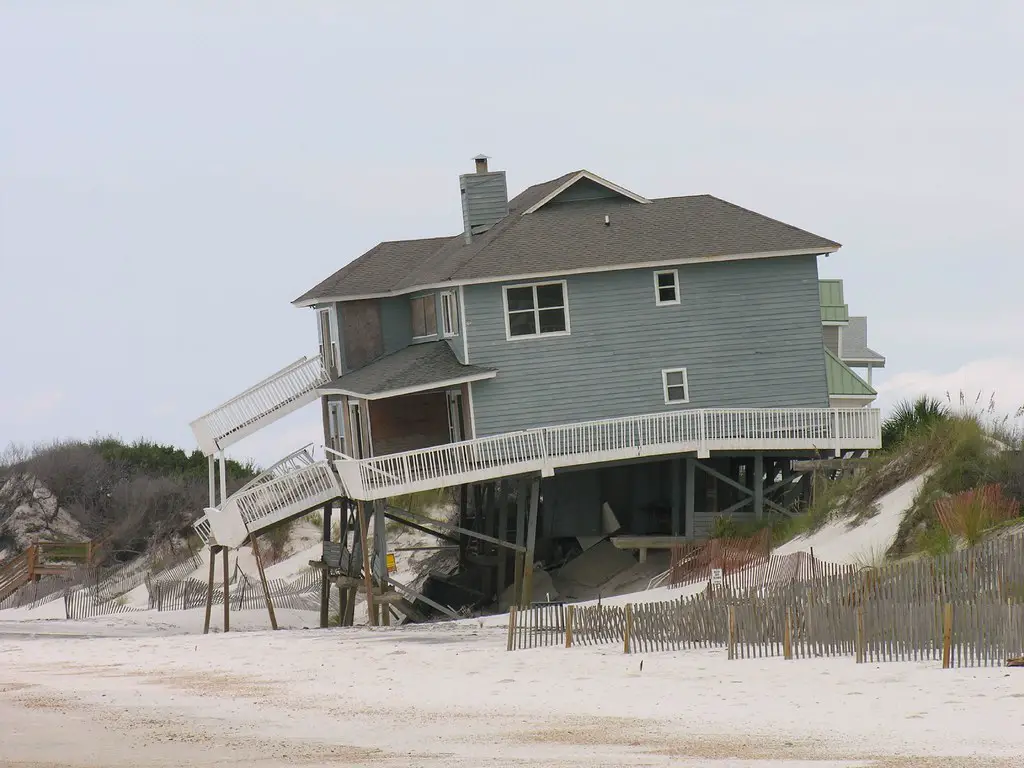
A compromised foundation can lead to endless structural problems, from cracked walls to uneven floors. Repairing foundation damage is costly and often requires specialized contractors. Even if the home appears affordable, the long-term expenses can far exceed your initial investment.
2. Overpriced Homes in Overheated Markets
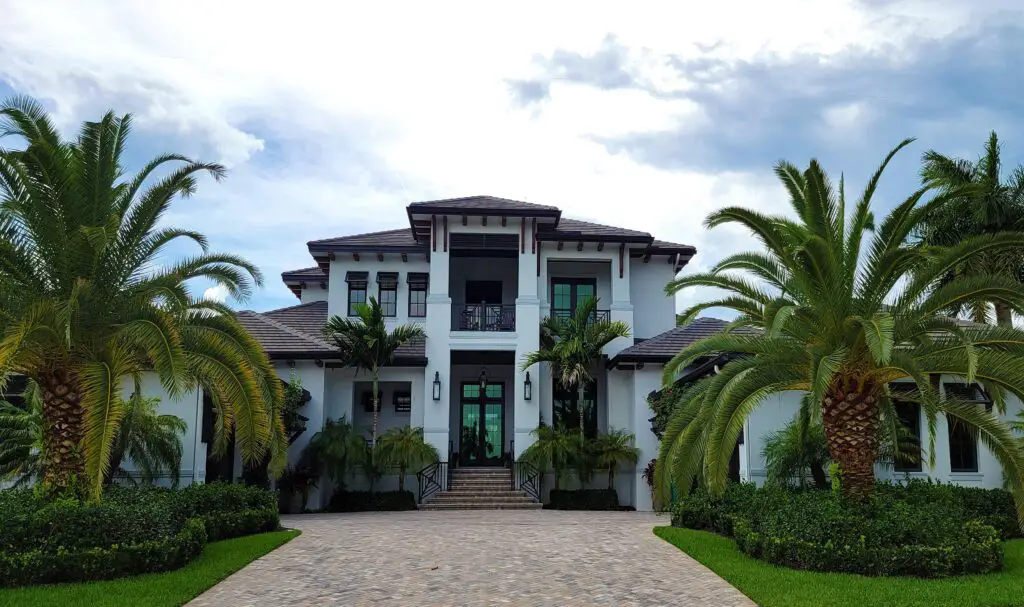
In highly competitive housing markets, some sellers overprice their homes, banking on demand. Purchasing in these markets at peak prices can leave you underwater if values decline. Always compare listing prices with recent sales data to avoid overpaying.
3. Homes in Flood Zones Without Adequate Insurance
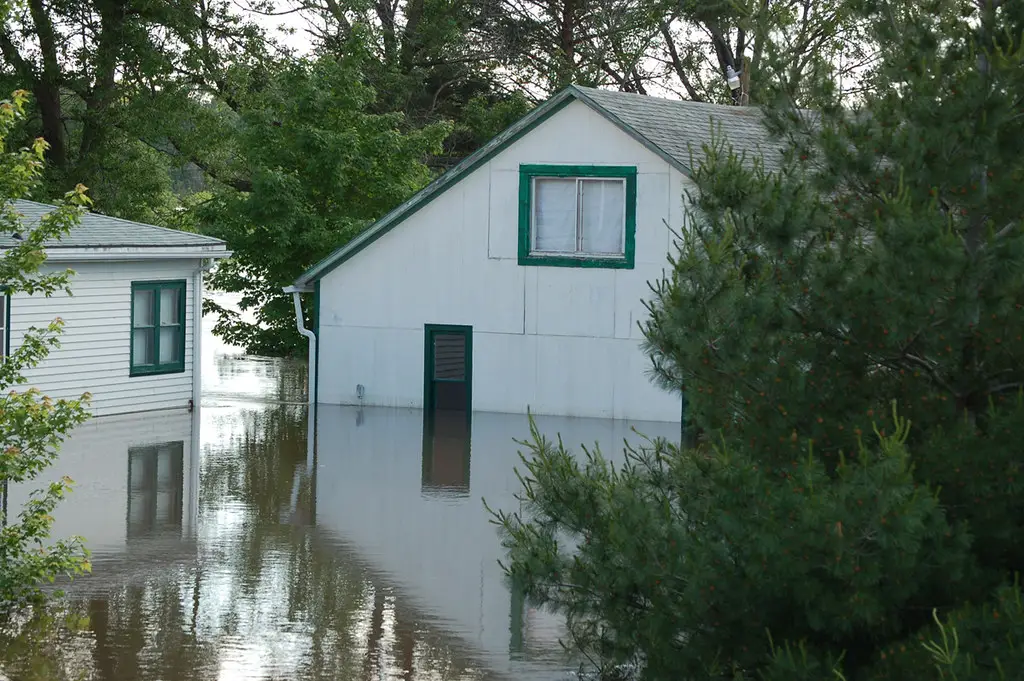
Properties in high-risk flood areas might seem like a bargain but often come with astronomical insurance premiums. Without proper coverage, you could face massive out-of-pocket costs for damage. Climate change is also increasing the frequency of extreme weather events, adding to the risk.
4. Flipped Homes with Shoddy Renovations
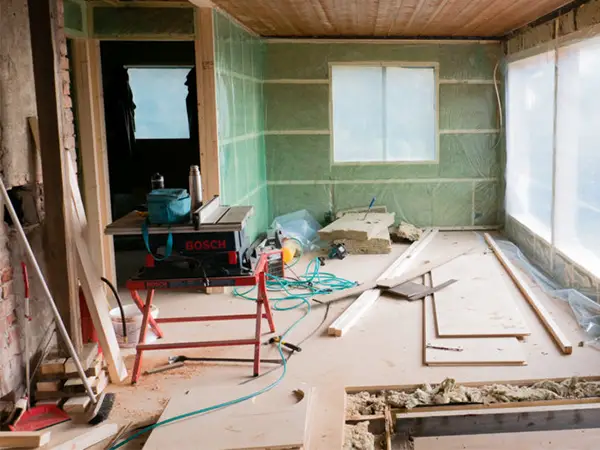
While flipped homes may look appealing, some sellers cut corners to maximize profits. Aesthetic upgrades can hide deeper issues like outdated plumbing or faulty wiring. Always hire a home inspector to uncover any hidden defects before committing.
5. Homes with Unpermitted Additions
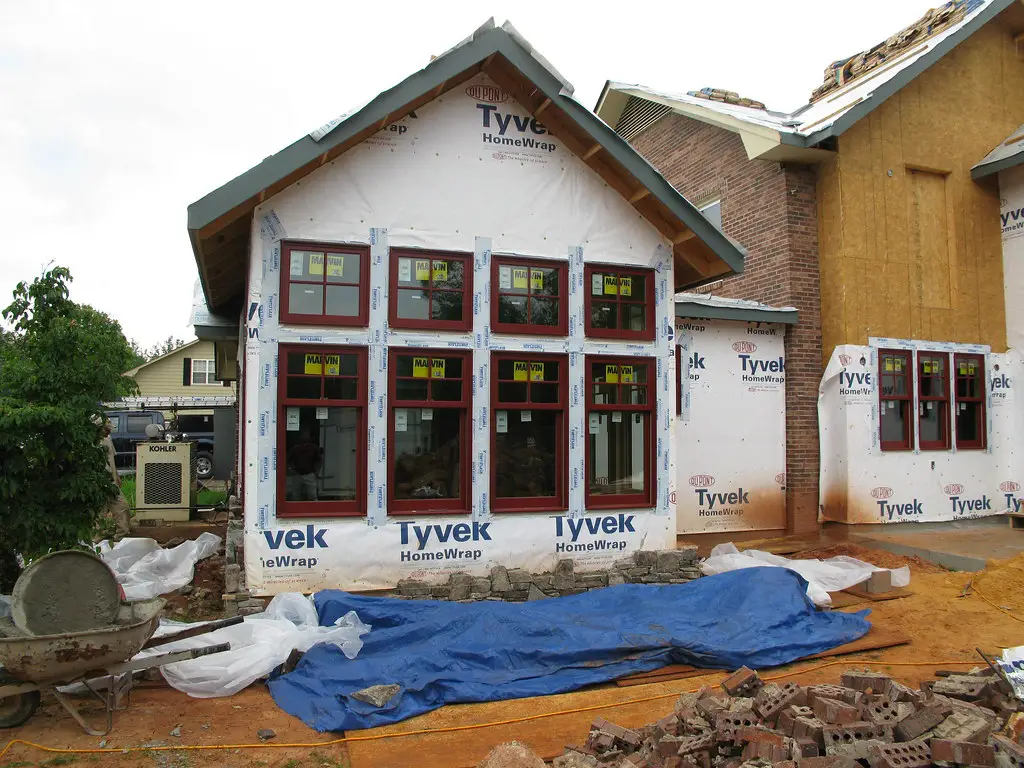
Unpermitted renovations or additions can create legal headaches for new homeowners. Local authorities may require you to remove the unapproved work or pay hefty fines. It’s crucial to verify all permits and approvals for any modifications made to the home.
6. Properties in Declining Neighborhoods
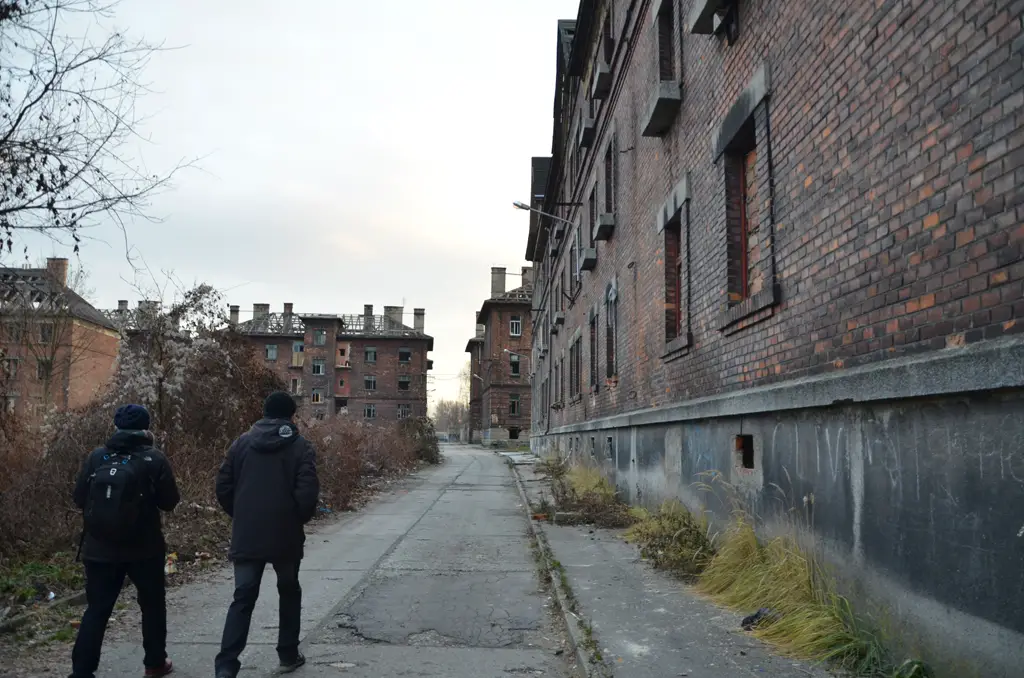
A home’s value heavily depends on its location. If the neighborhood shows signs of economic decline, high crime rates, or shrinking amenities, future resale values may plummet. Investigate local trends before investing in a property.
7. Homes with Asbestos or Lead Paint
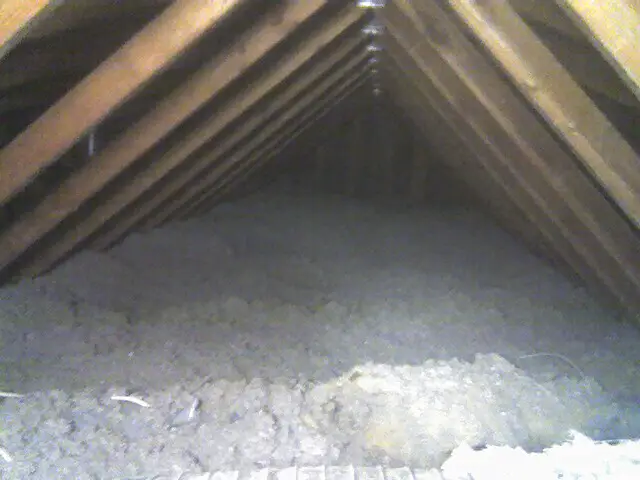
Older homes often contain hazardous materials like asbestos or lead paint, which can pose serious health risks. The removal process is expensive and requires certified professionals. Make sure to assess these risks during the inspection phase.
8. Homes with Persistent Pest Problems
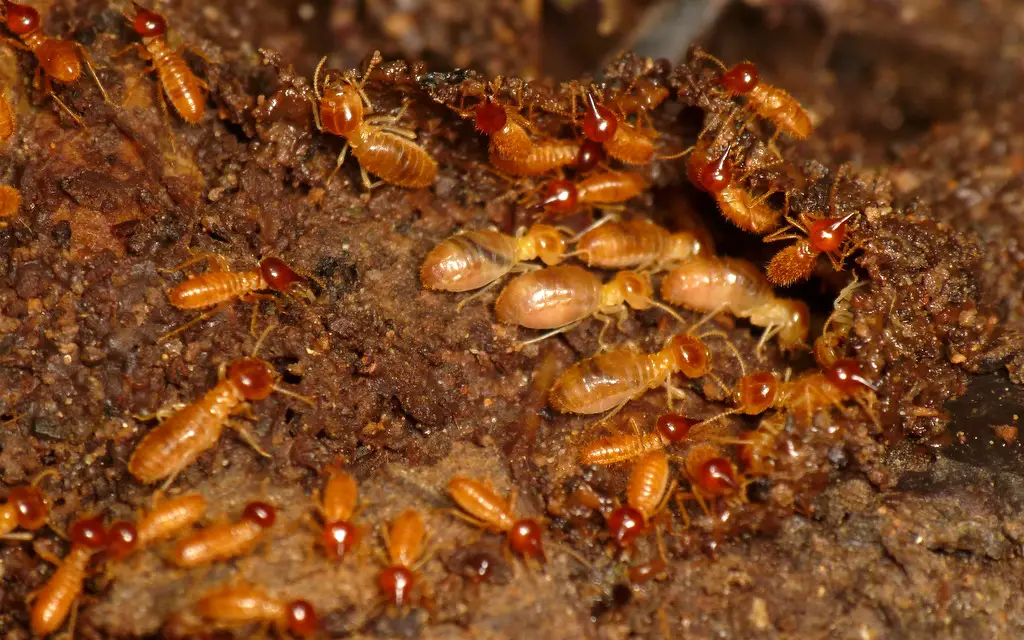
Properties with infestations of termites, rodents, or other pests can suffer extensive hidden damage. Pest removal is not only inconvenient but can also require repeated treatments. Structural repairs from severe infestations can cost thousands.
9. Condemned or Abandoned Properties
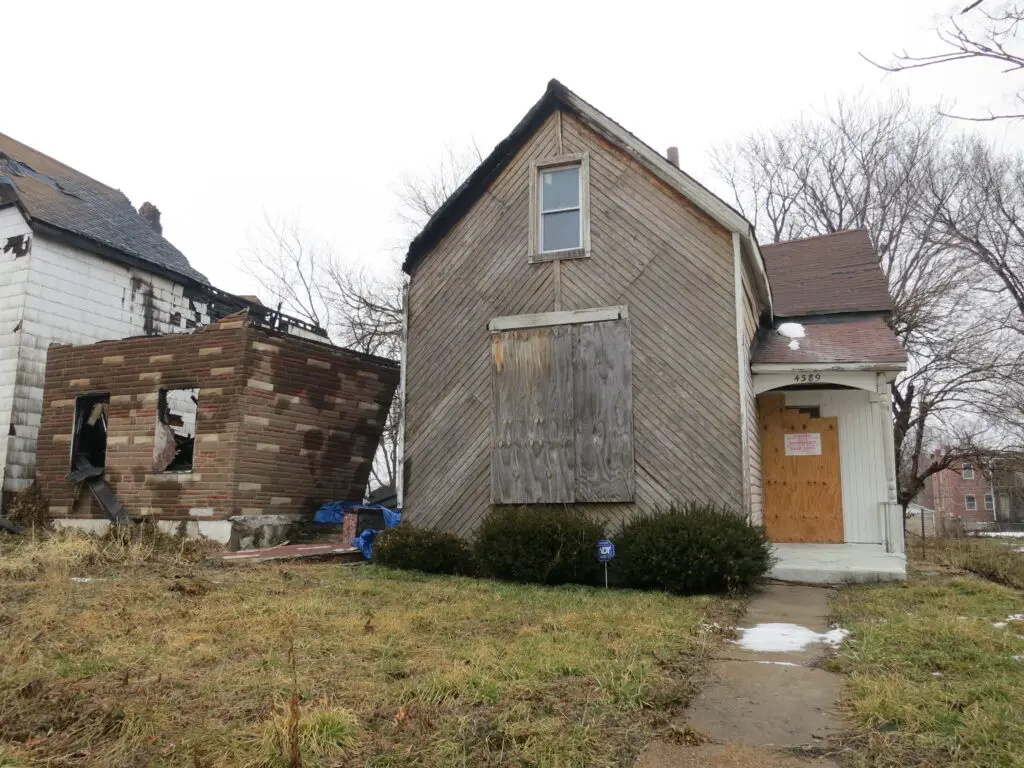
Though often priced attractively, condemned or abandoned homes come with numerous challenges. They may require extensive repairs to meet safety codes, and securing financing can be difficult. Carefully weigh the renovation costs before proceeding.
10. Overly Customized Luxury Homes
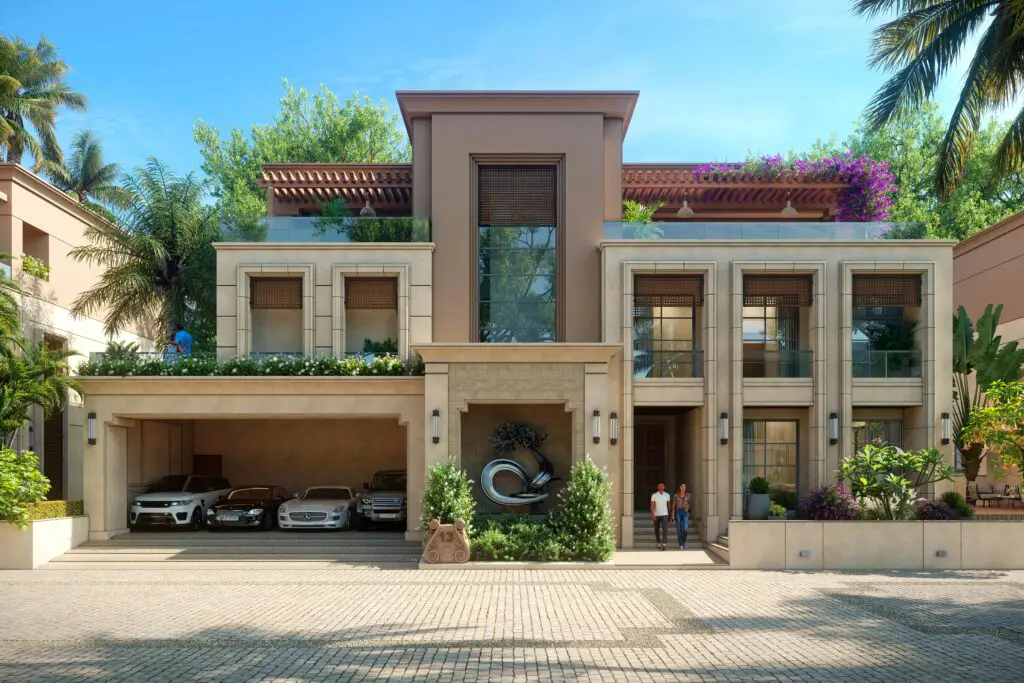
Highly customized properties often appeal to a niche market, making resale challenging. Features like oversized home theaters or extravagant landscaping may not align with future buyers’ preferences. Stick to homes with broad market appeal to protect your investment.
11. Homes Near Noisy Commercial Areas
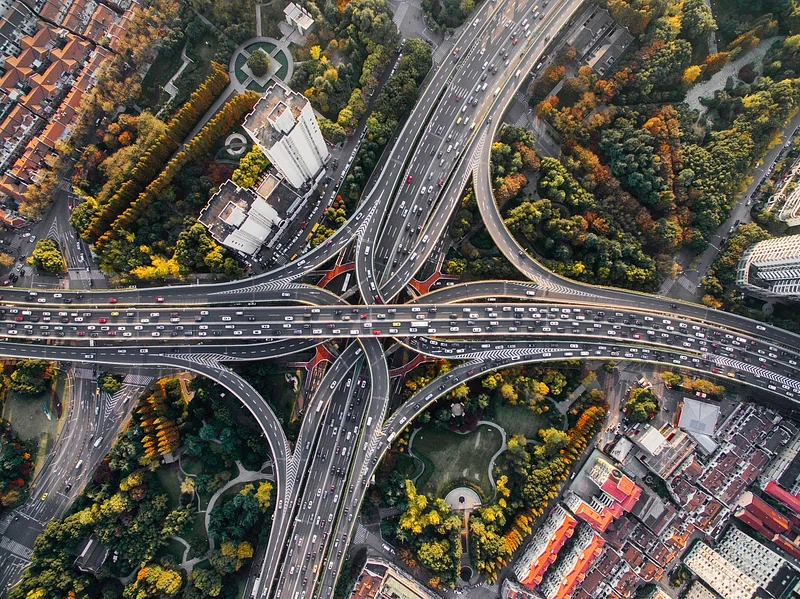
Proximity to factories, airports, or major highways can significantly reduce a home’s desirability. Noise pollution and increased traffic often deter buyers, leading to lower property values. Consider how the location might affect your quality of life and future resale potential.
12. Vacation Homes in Oversaturated Markets
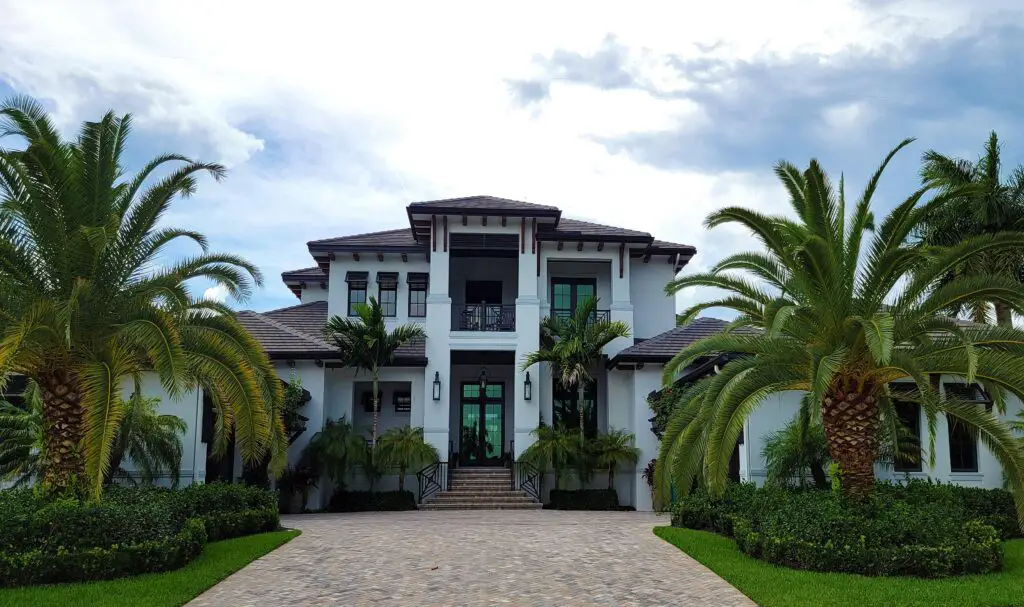
While owning a vacation property may sound appealing, some markets are oversaturated with rental properties. This competition can make it harder to generate income if you plan to rent it out. Research local demand before purchasing.
13. Homes with Outdated Septic Systems
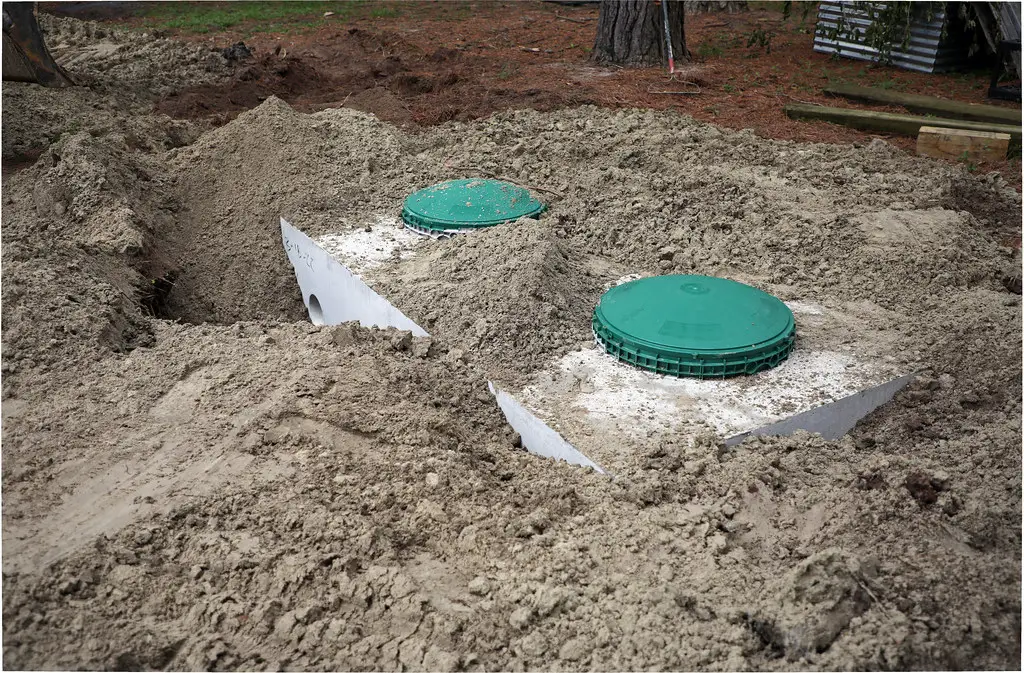
A failing septic system can cause major sanitation issues and require expensive replacements. Rural properties without access to public sewer lines are particularly vulnerable. Have the system inspected thoroughly before buying.
14. Homes with Incomplete Construction
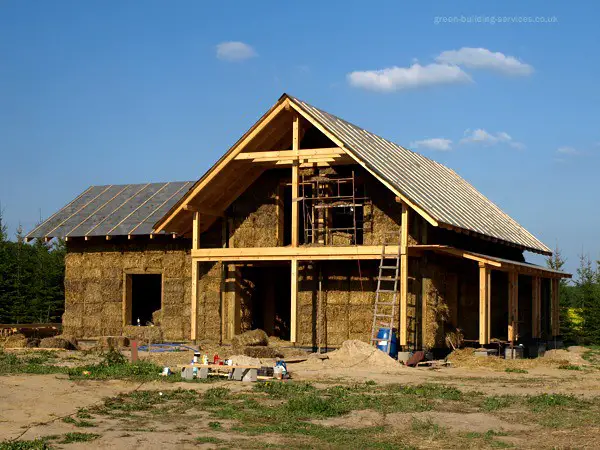
Purchasing a partially built home might seem like an opportunity to customize, but it often comes with high risks. You may encounter unexpected delays, cost overruns, or disputes with contractors. Ensure the project can be completed within your budget before proceeding.
15. Homes with Unstable Land

Properties built on unstable or shifting soil, such as on hillsides or near erosion-prone areas, are risky investments. Landslides, sinkholes, or other geological events can cause catastrophic damage. Always obtain a geotechnical survey before buying land in these areas.
